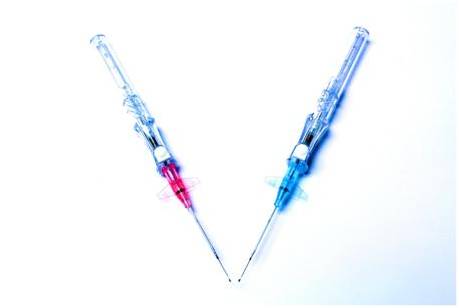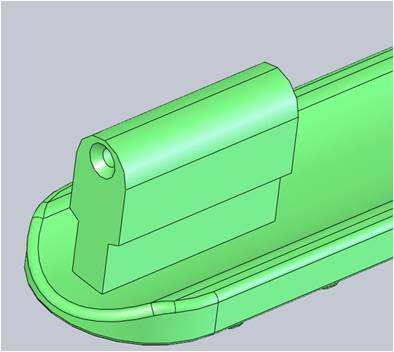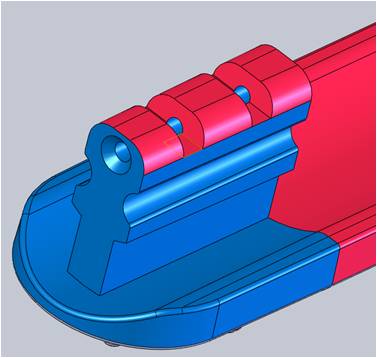Saving $2.22 per Piece through Design for Manufacture
One of the most critical, yet neglected, stages of development is the Design for Manufacture phase. Clients frequently come to us, saying they already built prototypes or even molds, only to discover that the part either does not work or that it is too expensive to mass produce. This is also a very misunderstood process. Nothing helps clarify as well as a real example.
The Application
A medical client was developing a catheterization device with a micromolded component which had a 0.024″ hole across a 0.270″ length. The tolerance for the inner diameter was +0.002″/-0.001″.

The Problem
Unable to devise an injection molded solution, the client settled for machining the hole in a secondary operation. The machining operation offered a 50% yield with the other 50% being destroyed during machining and scrapped. The loss due to scrapping was $1.22. This was $1.00 for the machining process plus about $0.22 for the molding of the part that had to be scrapped. This did not include additional losses from shipping, time delays, internal labor, and opportunity costs.

The Solution
When the client came to Natech for support, our Engineers reviewed the functionality and constraints of the component to understand what features were needed and what features could change. In this case, a degree of creativity and experience were necessary to make the part moldable. The pin that formed the hole needed something to guide it in place along the length of the draw. Adding steel at two points along the way allowed the pin to maintain position. The lost plastic in those areas was not impactful for functionality. Coring out the sides reduced deflection and improved consistency.

The Savings
The change worked, and the scrap reduced to $0, and the $1.00 secondary operation was entirely removed. Instead of spending roughly $2.44 on each usable part, the client spent about $0.22. This is a total estimated savings of $2.22 per piece. With over 30,000 parts ordered within the first year, this means a first-year savings of over $36,000 for the client.
